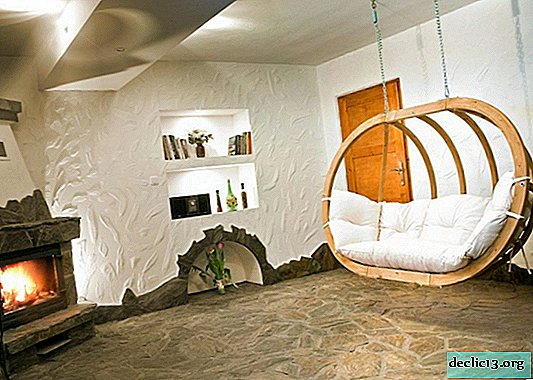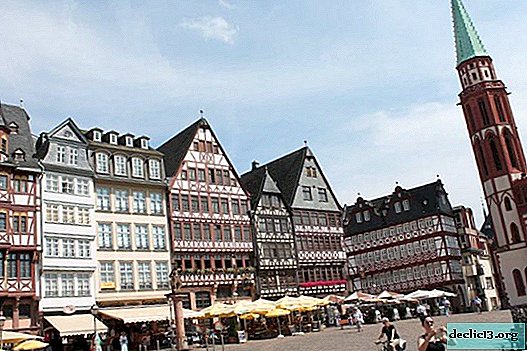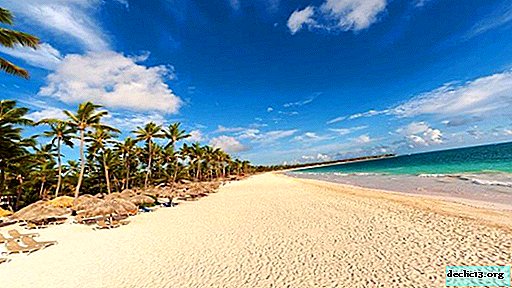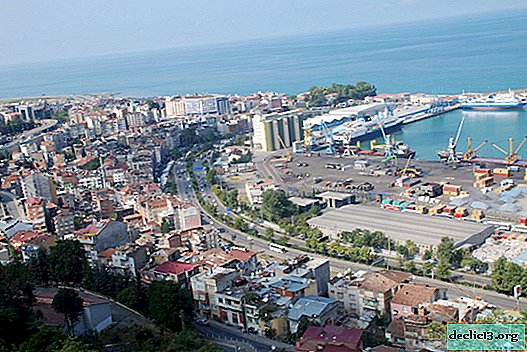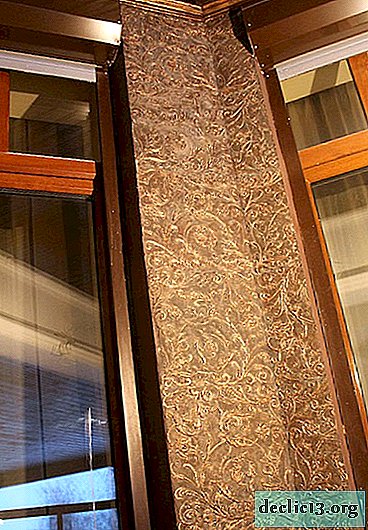Calvary: what a mountain looks like in Israel, where Jesus was crucified
Mount Calvary in Jerusalem is a sacred place for Christians, located on the outskirts of the city of three religions. This place is inextricably linked with the emergence of the main world religion, and to this day, thousands of people make pilgrimages here daily.

General information
Mount Calvary in Israel, on which, according to legend, Jesus Christ was crucified, is considered one of the two main shrines for Christians (the second is the Holy Sepulcher). Initially, it was part of the Gareb hill, but after its deliberate destruction for the construction of the church, the mountain became part of a single temple complex.

It reaches a height of 11.45 meters, a height above the floor - 5 meters. Located in the western part of the country, not far from the Israeli border with Jordan. Golgotha occupies a place of honor on the tourist map of Jerusalem - more than 3 million pilgrims come here every year, who are not stopped by the scorching sun in July and August, or huge lines.
History reference
Translated from Hebrew, the word “Golgotha” means “frontal place”, where mass executions were carried out in ancient times. Under the mountain there is a pit into which people who were killed by martyrdom were thrown off and crosses on which they were crucified. Another version of the translation of the word “Golgotha is“ the skull of Israel. ” Indeed, many believe that the mountain has just such a shape. Both the first and second versions of the translation very accurately reflect the essence of this place.

Archaeologists of Israel, exploring the mountain, found that back in the VIII century BC. e. on the territory where Mount Golgotha is today, the cliff Gareb towered, in which the quarries worked. In the first century AD, the territory around the mountain, which, in accordance with the traditions of that time, outside the city walls of Jerusalem, was covered with soil and a garden was built. Excavations have also shown that this area has long been a full-fledged cemetery: the remains of many people were found here, including the tomb of Jesus Christ, located in the western part of the mountain.

At the beginning of the 7th century, during the restoration of the church, Mount Golgotha in ancient Jerusalem was included in the temple complex, and a small temple was erected on it, connected to the Martirium basilica. In the 11th century, Golgotha acquired its modern appearance: during the construction of another church, which combined the Church of the Holy Sepulcher and the mountain into a single complex, Garef Hill was destroyed.
In 1009, the Muslim ruler of the city, Caliph al-Hakim, wanted to destroy the shrine. However, due to the slowness of the government, this, fortunately, did not happen.

It is believed that the Holy Sepulcher was found back in 325, when Emperor Constantine I ordered the demolition of a pagan temple and the construction of a new church in its place. Despite the fact that over the centuries the temple was restored more than once, and only a small fraction remained from the former shrine, photos of the modern Mount Golgotha in the holy city are admired today.
Repeated excavations in Jerusalem were carried out by the English general and archaeologist Charles Gordon in 1883. In the nineteenth century, the mountain was often called the “Garden Cemetery”. During the restoration, which was carried out in 1937, the walls of the temples were decorated with colored mosaics and other decorative elements. Gilded candelabra appeared, presented to the city by the famous Italian patrons of the Medici.

Today, it is forbidden to make any changes to the architecture of the churches of Jerusalem without the consent of each of the representatives of 6 faiths, between whom the temple is divided: Greek Orthodox, Roman Catholic, Ethiopian, Armenian, Syrian and Coptic. Thus, the appearance of the temple complex in Israel has changed over the course of several centuries: the architecture of the temples has become more complex and sophisticated, but the distinguishing features have not been lost.
Modern Calvary
Today, Golgotha in Israel is included in the temple complex of the Holy Sepulcher. The photos of modern Golgotha in the city of the three religions of Jerusalem are impressive: in the eastern part of the mountain is the tomb of Jesus Christ and the burial chamber, and above it is the Church of the Resurrection of the Lord, which can be reached by climbing 28 steep steps.

Mount Calvary in Israel can be divided into 3 parts. The first is the Altar of the Crucifixion, on which Jesus Christ ended his earthly journey. Previously, there was a cross, but now there is a throne with a hole that all believers can touch. The second part of Calvary - the place where the soldiers nailed Jesus to the cross, is called the Altar of Nails. And the third part, the Altar, located on the top of the mountain, is “Stabat Mater”. It, like the Altar of Nails, is the property of the Catholic Church, but both Orthodox and Protestants can visit this place. According to legend, it was on this spot that the Virgin appeared when Jesus Christ was crucified. Today this place is very popular among pilgrims: donations and various jewelry are brought here.
 Find out RATES or book any accommodation using this form
Find out RATES or book any accommodation using this formPractical information:
Location (coordinates): 31.778475, 35.229940.
Visiting hours: 8.00 - 17.00, seven days a week.
Useful Tips

- Wear comfortable shoes and non-restraining clothing. Do not forget about the dress code: girls need to bring a scarf with which they cover their heads and put on a skirt.
- Be sure to bring a bottle of water with you.
- Remember that the stairs leading to the Holy Sepulcher, you need to climb barefoot.
- Get ready for the long line.
- Priests are allowed to take photos of Mount Calvary.
Mount Golgotha in Jerusalem (Israel) is a sacred place for Christians, which at least once in a lifetime should be visited by every believer.
Calvary, Church of the Holy Sepulcher in Jerusalem

